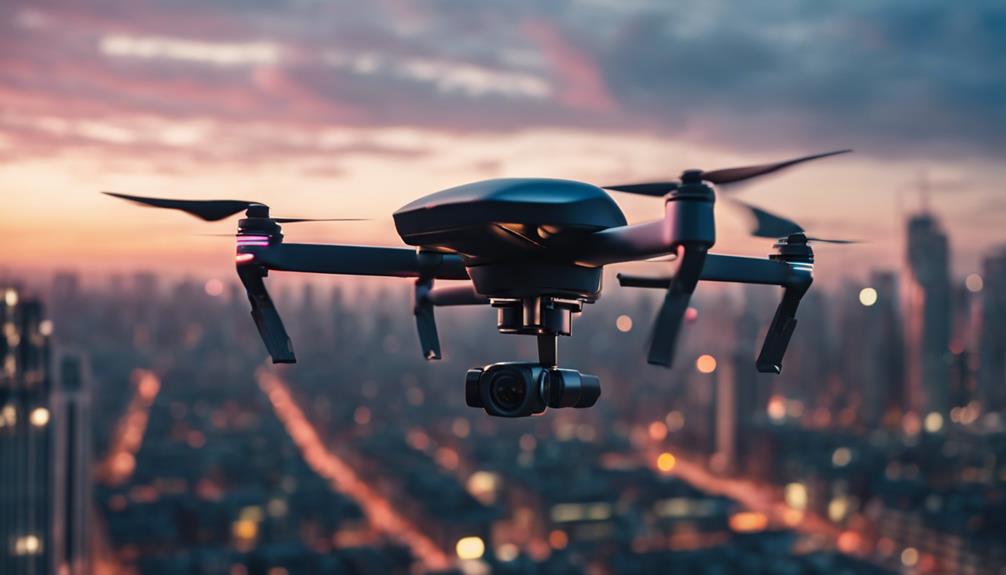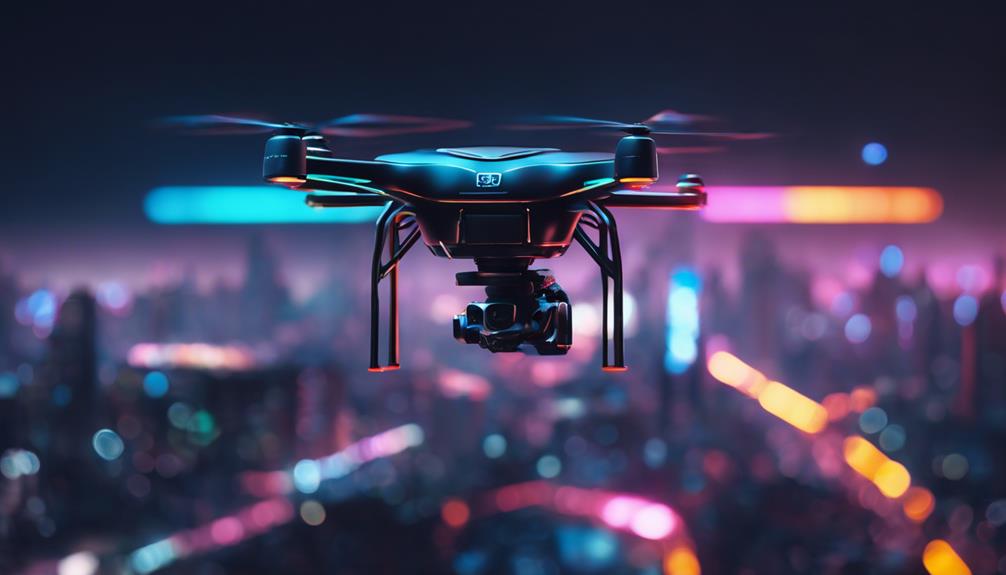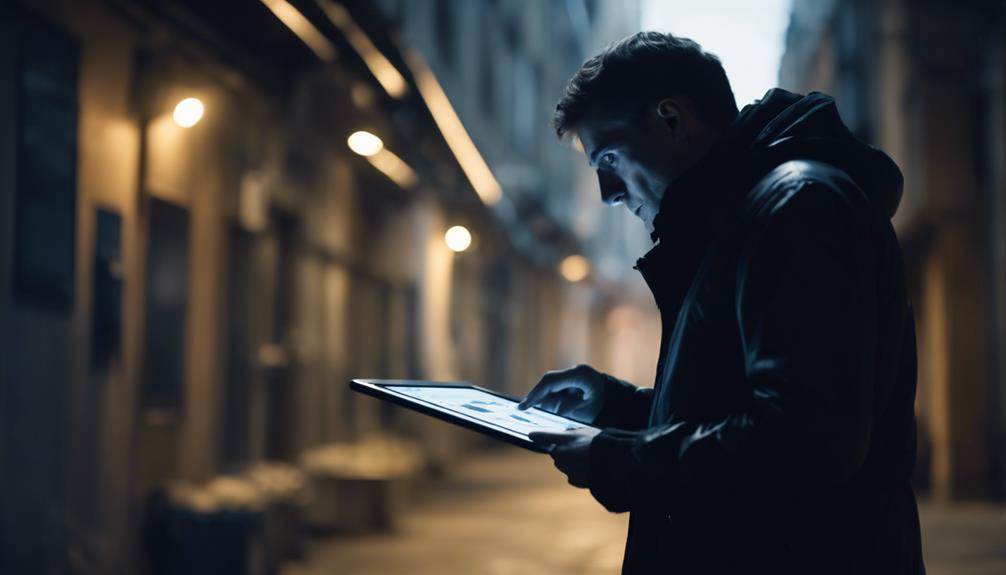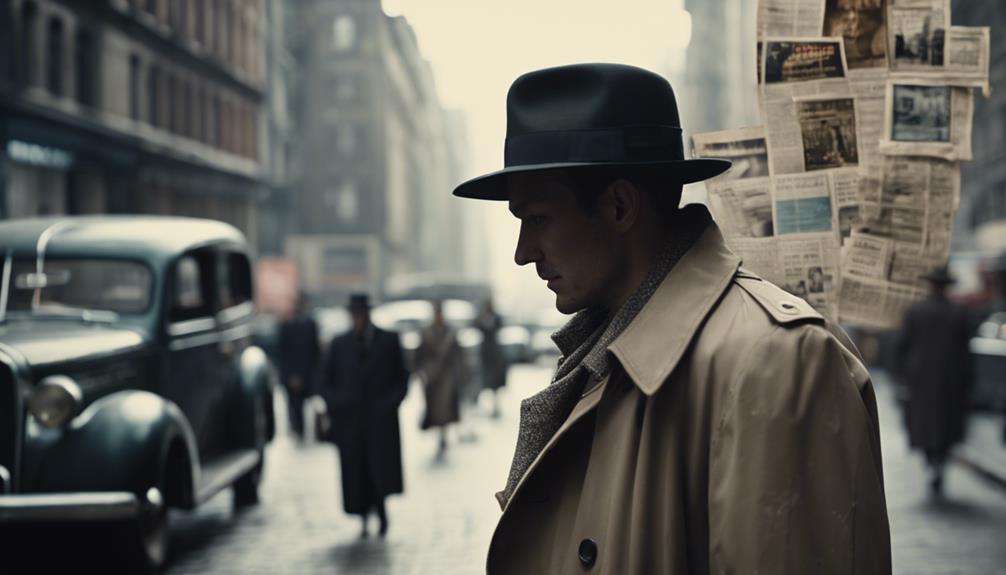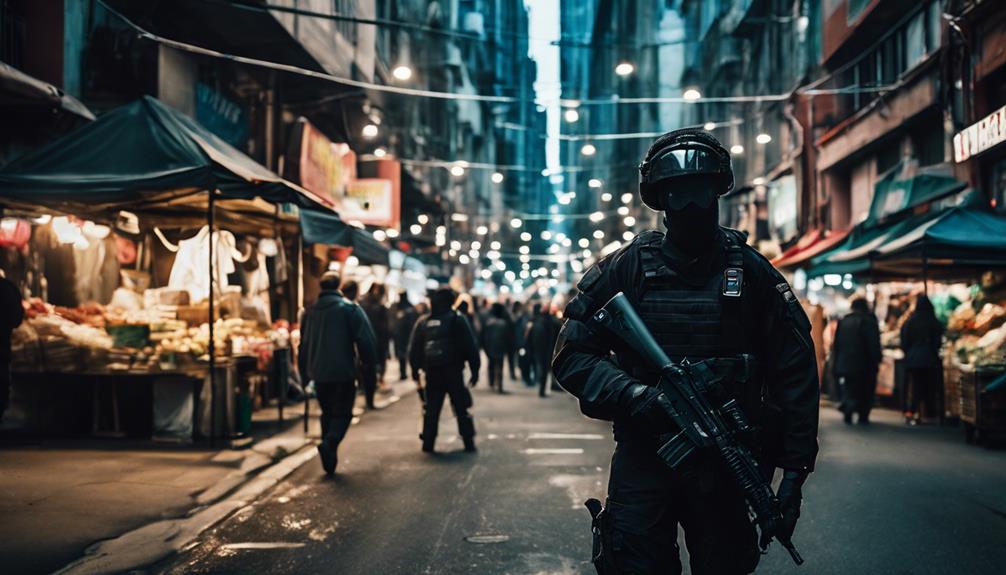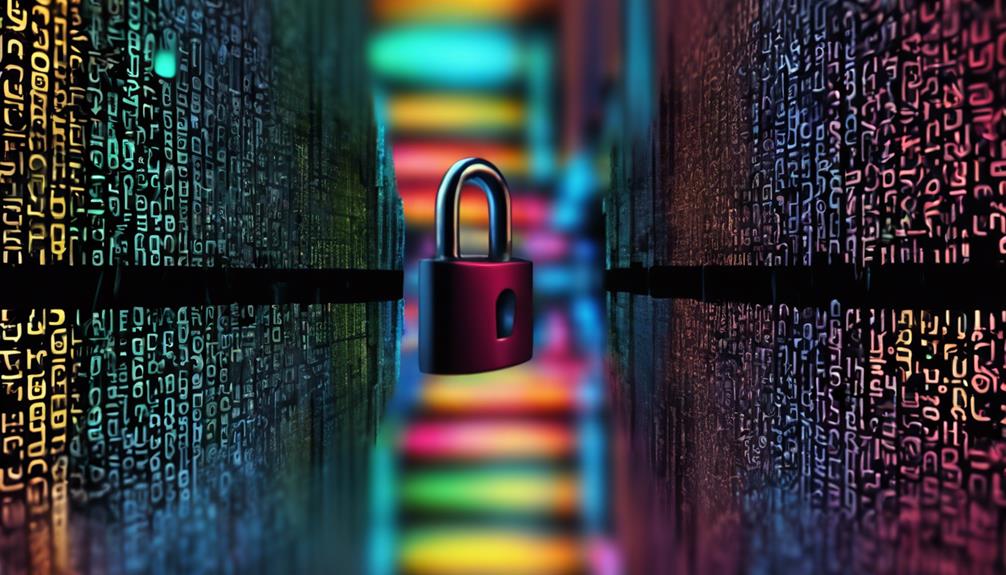
In an increasingly security-conscious world, the use of spy cameras has gained traction for various reasons, from ensuring safety and monitoring children to protecting property from theft. However, the effectiveness of a spy camera largely depends on its placement. Concealing a camera properly is crucial not only for capturing clear footage but also for ensuring the camera remains undetected. This article explores various effective strategies for hiding your spy camera, along with essential considerations to keep in mind.
Using the right techniques and tools can make all the difference in your surveillance efforts. Whether you’re a concerned parent, a vigilant home or business owner, or simply seeking to enhance your security measures, understanding where and how to hide your camera can optimize its functionality and keep your intentions discreet.
Understanding the Importance of Concealed Surveillance
Concealed surveillance is a powerful tool for gathering information and monitoring activities without raising suspicion. The element of stealth allows for more authentic behavior from those being observed, leading to credible and actionable insights. In environments where trust is paramount—such as homes, workplaces, or public spaces—having a covert camera can help ensure safety while maintaining a level of privacy.
Moreover, the benefits of concealed surveillance extend beyond mere monitoring. It serves as a deterrent against potential criminal activity, as the knowledge that a space is under observation can dissuade wrongdoers. When individuals are unaware of being watched, their natural behaviors can be captured, providing invaluable evidence in the event of disputes or incidents.
Choosing the Right Type of Spy Camera for Your Needs
The first step in effective surveillance is selecting the appropriate spy camera for your specific needs. Various types of cameras are available, ranging from traditional CCTV systems to more discreet models like hidden cameras embedded in everyday objects. Consider factors such as resolution, field of view, and recording capabilities to ensure you choose a model that meets your requirements.
Additionally, you should evaluate your specific surveillance goals before making a purchase. For instance, if you need constant monitoring, a camera with looping video recording and motion detection features will be essential. On the other hand, if you require occasional surveillance, a smaller, easily portable model might suffice. Understanding these elements will guide you in selecting the best camera for your intended use.
Ideal Locations: Home Spaces for Camera Placement
When it comes to placing spy cameras in your home, certain areas stand out as ideal locations. Entry points such as doors and windows are critical spots for surveillance, as they are the most common access points for intruders. Strategically positioning a camera near these areas can provide an early warning system and capture vital evidence in the event of a break-in.
Living spaces such as family rooms or kitchens are also valuable locations for camera placement. These areas are often frequented by family members and visitors, making them hotspots for monitoring daily activities and interactions. By placing cameras in these common areas, you can ensure comprehensive coverage of significant events without arousing suspicion.
Creative Hiding Spots: Furniture as Camouflage
Furniture can serve as an excellent camouflage for your spy camera, allowing it to blend seamlessly into your home decor. Consider placing a camera within decorative items such as vases, picture frames, or even books. These pieces not only conceal the camera but also create a natural environment where they won’t draw attention.
Another innovative hiding spot might be behind furniture like sofas or cabinets. Ensure that the camera’s lens has an unobstructed view of the area you want to monitor. While positioning the camera behind an object, it is crucial to maintain a balance between concealment and functionality, allowing for clear footage without being overly hidden.
Leveraging Everyday Objects to Conceal Cameras
Everyday objects can be repurposed to disguise your spy camera effectively. Items such as alarm clocks, smoke detectors, or even air purifiers can be transformed into surveillance devices. Many companies offer specially designed camera kits that integrate into these common household objects, making them virtually indistinguishable from their original purpose.
By integrating your spy camera into everyday items, you reduce the risk of detection and maintain the element of surprise. This clever disguise also allows you to monitor critical areas without making it obvious that surveillance is taking place, thereby increasing the chances of capturing genuine interactions or events.
Outdoor Surveillance: Effective Hiding Techniques
Outdoor surveillance can present unique challenges, but with the right techniques, it’s possible to conceal cameras effectively. Ideal hiding spots include eaves, under the awnings, or within garden ornaments. Utilizing natural elements, such as trees or shrubs, can also provide effective camouflage while ensuring a clear line of sight for capturing activity.
When installing outdoor cameras, it’s essential to consider environmental factors such as weather and lighting. Choosing a durable camera with weatherproof features ensures functionality in varying conditions while maintaining a discreet appearance. By blending your camera into the outdoor environment, you can monitor your property without raising alarms.
Legal Considerations When Hiding a Spy Camera
Before installing a spy camera, it is crucial to familiarize yourself with the legal implications of concealed surveillance. Laws vary significantly by location, and what may be permissible in one area could be illegal in another. Always ensure you respect privacy laws and obtain any necessary permissions where required, especially in shared spaces.
In many jurisdictions, recording conversations without consent can lead to serious legal consequences. To avoid potential violations, focus on monitoring public areas or spaces where individuals have a limited expectation of privacy. Understanding these legal considerations will help you navigate the complexities of surveillance without overstepping ethical boundaries.
Ensuring Optimal Coverage with Strategic Placement
To maximize the effectiveness of your spy camera, strategic placement is vital. Assess the area’s layout and identify potential blind spots that could benefit from surveillance. Utilizing a combination of cameras in different locations can help achieve comprehensive coverage, ensuring that no critical area goes unmonitored.
In addition to physical placement, consider the angle of your camera as well. A camera positioned too high or low may miss important details, so aim for a mid-level height that captures a clear view of the activity below. This attention to detail can significantly enhance the quality of footage you capture.
Testing Your Camera’s Visibility and Functionality
Once you’ve installed your spy camera, it’s essential to test its visibility and functionality. Conduct thorough checks to ensure the camera operates correctly and that its intended coverage areas are clear. Monitor the footage to assess quality and verify that the camera is discreetly positioned.
After testing, make adjustments as needed to improve visibility or concealment. This ongoing evaluation will help ensure that your spy camera remains effective, providing security and peace of mind while maintaining a low profile.
Best Practices for Maintaining Your Spy Camera Setup
Maintaining your spy camera setup is key to ensuring long-term effectiveness. Regularly check for updates to your camera’s software and firmware, as these updates often include important security patches and feature enhancements. Keeping your device updated helps safeguard against vulnerabilities that could compromise your surveillance efforts.
Additionally, regularly review the camera footage and storage capacity to guarantee that you are capturing the necessary information. Cleaning the camera lens and ensuring it remains free from obstructions will also help maintain high-quality footage. By staying proactive in your maintenance efforts, you can ensure your surveillance system remains reliable and effective.
Hiding a spy camera requires careful planning and consideration to maximize its effectiveness while ensuring compliance with legal standards. By understanding the importance of concealed surveillance and choosing the right camera, you can create a strategic setup that captures the necessary information without drawing attention. From selecting ideal locations in your home to leveraging everyday objects, the possibilities for discreet surveillance are vast.
Ultimately, successful covert monitoring can provide the security and peace of mind you seek. By following best practices for placement, testing, and maintenance, your spy camera can become a valuable tool in your arsenal for safety and protection.
